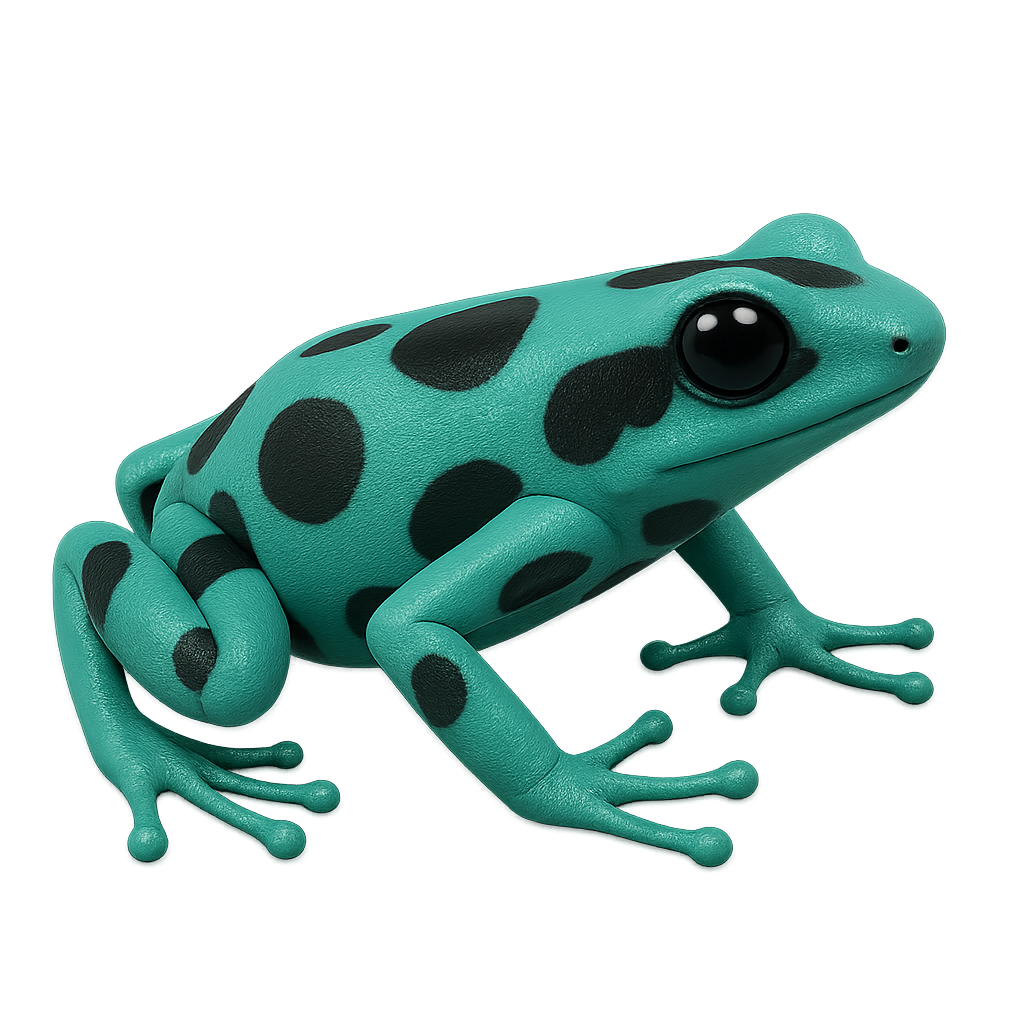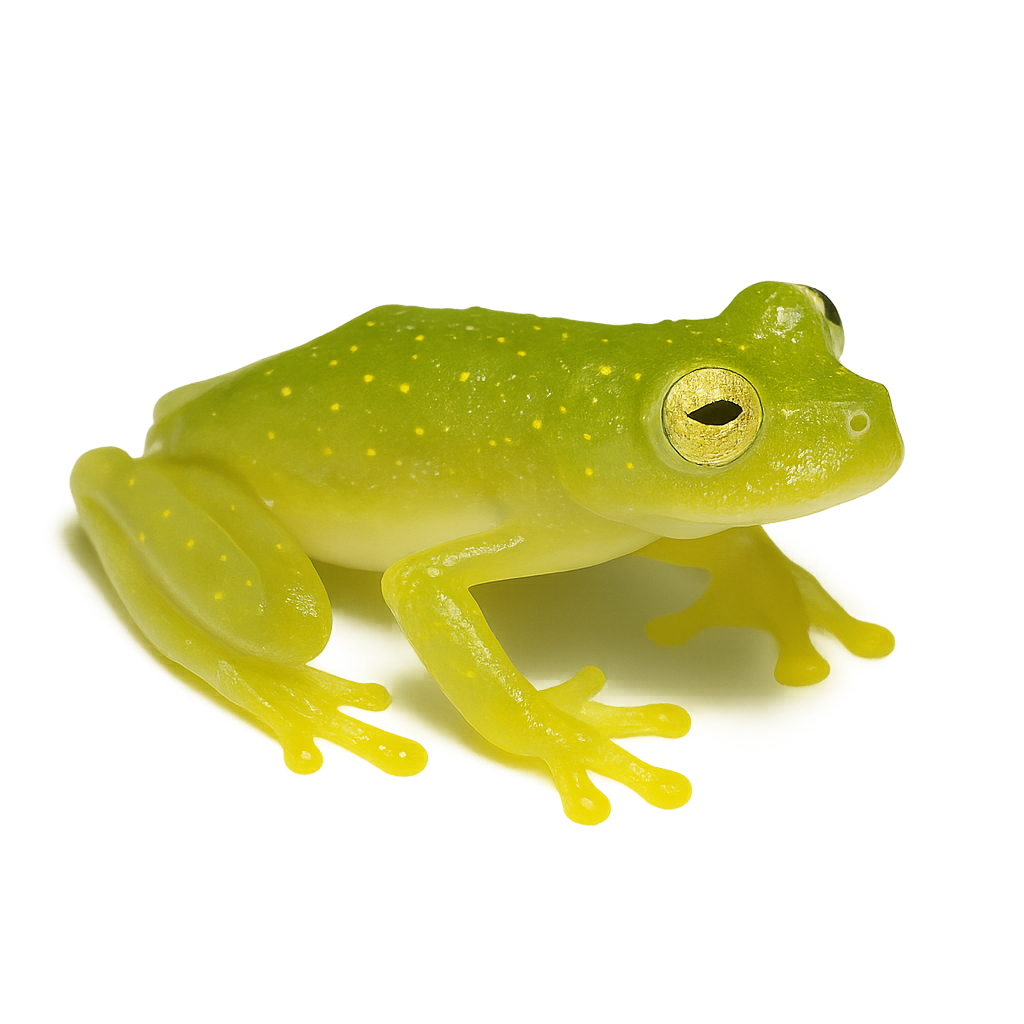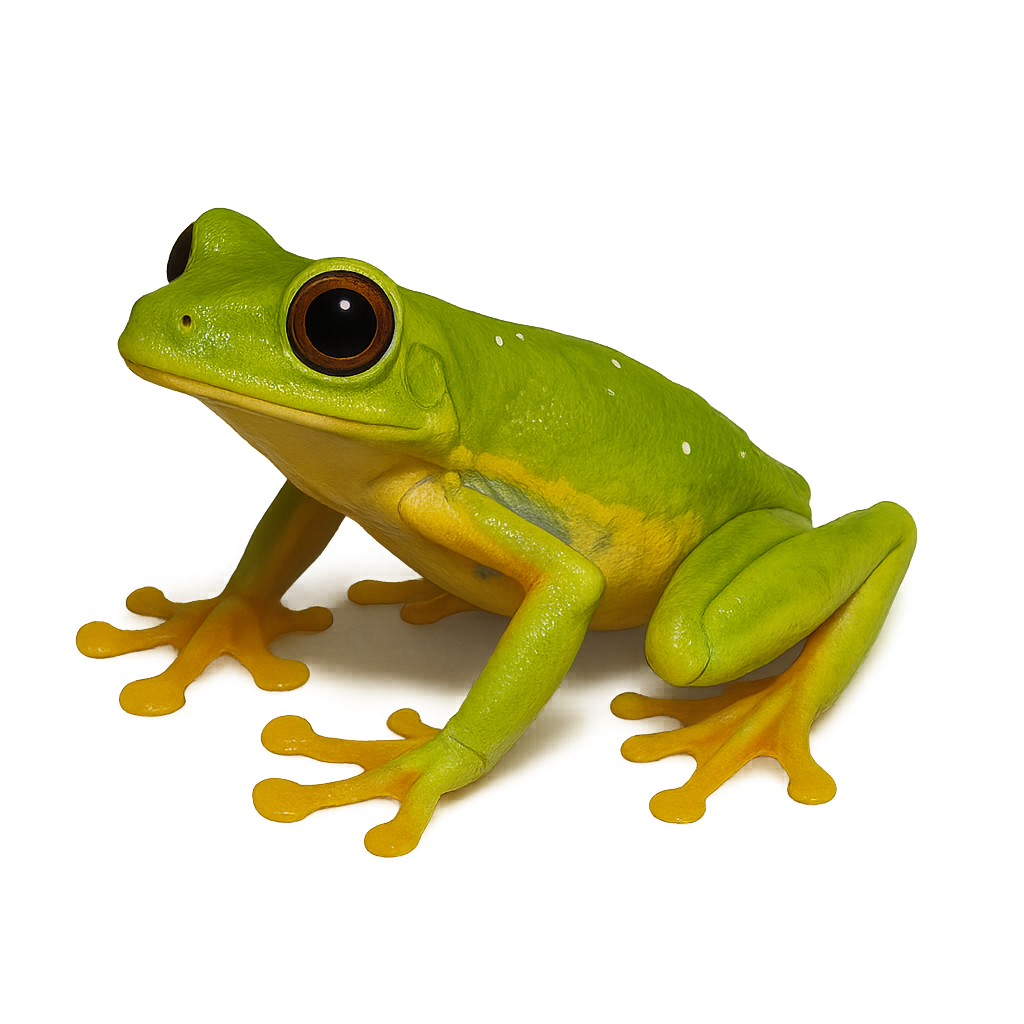Animal Species Profiles:
Mammals, Birds, Reptiles & More
Explore wildlife from around the world with the species profiles on WildlifePhotographer. Mammals, birds, reptiles… For each species, you’ll find key information such as habitat, observation periods, distribution, and photography tips. Want more details and advanced features? Download the full app for the complete experience.
Golden poison dart frog
Atelopus zeteki
The golden poison dart frog is an iconic species of frog found in the humid tropical forests of Panama. It is famous for its vibrant golden-yellow color and is one of the most poisonous amphibians in the world. It primarily feeds on insects and small invertebrates found in its natural habitat. Unfortunately, this species is critically endangered due to habitat loss and diseases, and it is currently classified as endangered.
Green and black poison dart frog
Dendrobates auratus
The Golden Poison Dart Frog is a small, vibrant, and colorful frog from the Dendrobatidae family. This species typically measures between 2 and 3 centimeters in length and is easily recognized by its golden skin, often speckled with black. It primarily inhabits the humid tropical forests of Central and South America, particularly in Costa Rica and Panama. The Golden Poison Dart Frog feeds mainly on small insects, ants, and mites. It is known for its toxicity, which comes from its diet, particularly from certain ants and beetles that contain alkaloids. These toxins serve as a defense mechanism against predators. This species is also known for its social behaviors and vocalizations during the breeding season. The eggs of the Golden Poison Dart Frog are laid on the forest floor, and the tadpoles develop in small pools of water or on decaying leaves. While this species is not currently endangered, it is threatened by deforestation and the destruction of its natural habitat.
Golden poison dart frog
Phyllobates terribilis
The Golden poison dart frog, also known as the Terrible Dart Frog, is considered one of the most toxic animals in the world. Native to the tropical forests of Colombia, this small frog is distinguished by its bright yellow color, which serves as a warning to predators of its toxicity. It derives its toxin from its diet, primarily consisting of insects found in its natural habitat. These frogs are not toxic in captivity as their diet changes. Despite its toxicity, it has been used by some cultures to poison the tips of their arrows, earning it the name 'poison dart frog.'
Granular glass frog
Cochranella granulosa
The Cochranella Frog is a fascinating amphibian species, known for its translucent skin that allows its internal organs to be visible. Unlike other glass frogs, its skin is slightly granular, which helps it camouflage better in the dense vegetation of its habitat. This frog lives in the humid tropical forests of Central America, mainly in Costa Rica and Panama, where it is found on leaves hanging above streams. Its small size, combined with its discreet behavior, makes it hard to spot. The eggs are laid on leaves above the water, and the tadpoles fall into the stream as they hatch. These frogs are primarily nocturnal and prefer to avoid human interaction.
Green glass frog
Hyalinobatrachium colymbiphyllum
The Glass Frog is a fascinating species of amphibian, known for its translucent skin that allows its internal organs to be visible. It typically measures between 2 and 3 cm long and is commonly found on leaves hanging above streams in the tropical rainforests of Central and South America. Its transparent skin serves as an excellent camouflage, helping it blend seamlessly into its environment. This frog’s ability to blend with the vegetation, combined with its small size, makes it hard to spot. Its eggs are laid on leaves above water, and the tadpoles fall into the water once they hatch. This species is nocturnal and somewhat shy, preferring to avoid human interaction.
Goliath frog
Conraua goliath
The Goliath frog is the largest amphibian in the world, capable of measuring up to 32 cm in length and weighing over 3 kg. Native to the rivers and swamps of Cameroon and Gabon, it primarily feeds on insects, fish, and occasionally small mammals. Its large size and rough green skin make it a formidable predator, but it remains discreet and prefers to stay submerged in water. Although not critically endangered, the Goliath frog faces pressures due to habitat destruction.
Gliding Tree Frog
Agalychnis spurrelli
The Gliding Tree Frog is a medium-sized nocturnal arboreal frog, measuring between 5 and 8 cm. It has bright green dorsal coloration during the day, turning darker at night, with orange or bluish hues on its flanks and limbs. Its large red eyes and webbed feet enable it to "fly" from tree to tree by gliding. This species inhabits humid tropical forests in Costa Rica, Panama, Colombia, and Ecuador, between 15 and 750 m elevation. It resides in the canopy and descends to the ground to breed in temporary pools formed by rains. Breeding is explosive, with thousands of individuals gathering in a single night to lay eggs on leaves overhanging water. Tadpoles fall into the water upon hatching. Although listed as Least Concern by the IUCN, this species is locally threatened by deforestation and habitat loss.








